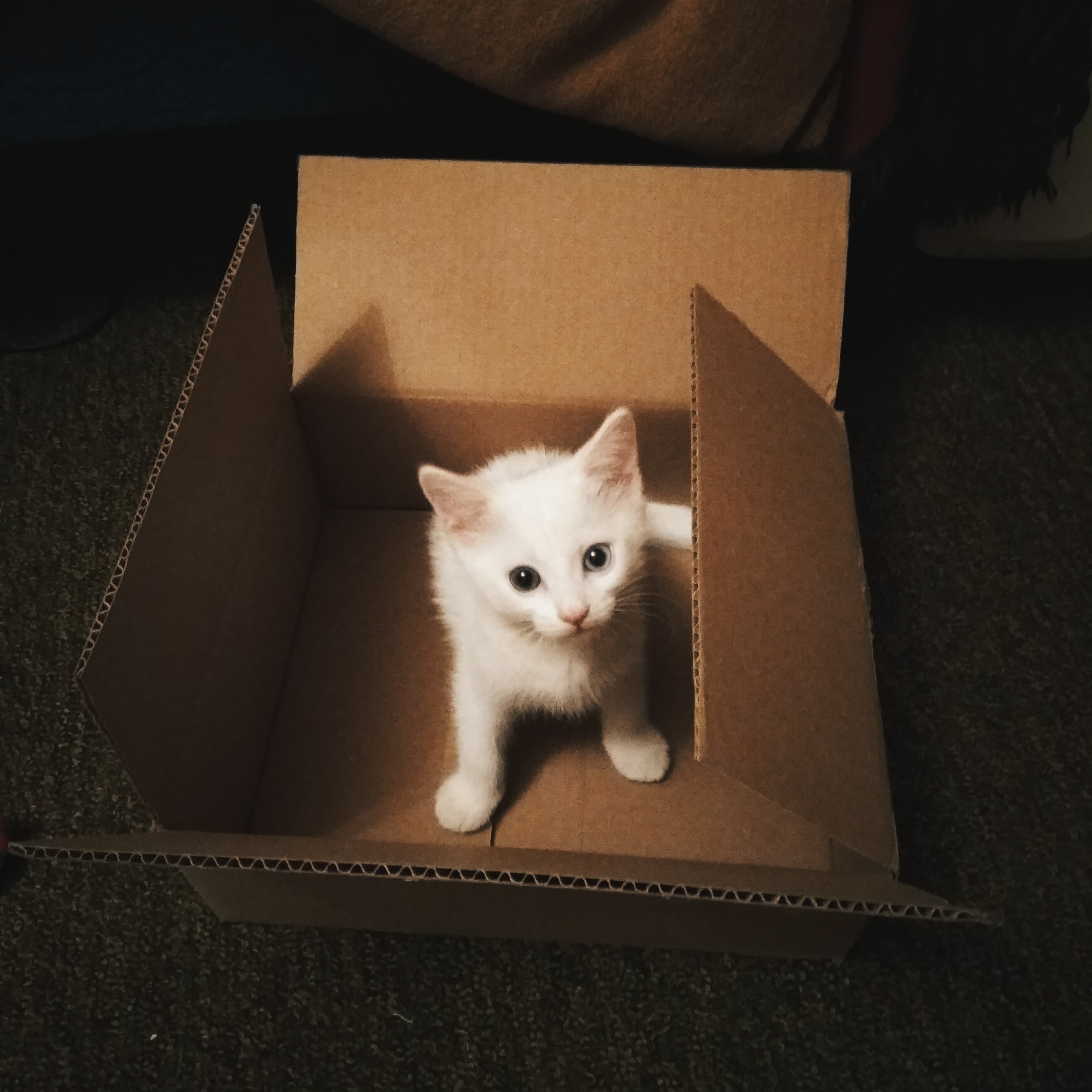Training a kitten to use a litter box is important for any new pet owner. While it may seem a little daunting, with a little patience and some positive reinforcement, your kitten will be using the litter box in no time. Here are a few tips to help you get started. But before you begin, make sure you have everything you need, including a litter box, litter, and scoop.
When should I start litter training?
You can start litter training your kitten as early as six weeks old. At this age, cats begin to develop the ability to control their bladder and bowel movements, though this is not universal. It is important to make sure your kitten is developmentally ready. This means they should be able to hold their bladder for at least 2 hours. If your kitten is not quite ready, don't worry, just wait a couple of weeks and try again.
Choosing the right litter box size
Choosing the correct litter box is also important for a successful training experience. The general rule of thumb is that the litter box should be one and a half times the size of your kitten. So, if your kitten is 8 inches (from nose to tail.), you will need a litter box at least 12 inches long. Choosing a litter box with low sides is also important so your kitten can easily get in and out.
Covered vs. Uncovered boxes
There is some debate among cat owners about whether to use a covered or uncovered litter box. There are pros and cons to both. Covered litter boxes can help contain the litter and reduce tracking, but some kittens may feel trapped or claustrophobic. Uncovered litter boxes are more open, which may make your kitten feel more comfortable, but they also allow for more litter to be scattered outside the box. Ultimately, it is up to you to decide which type of litter box will work best for your kitten.
One or more boxes?
Another consideration when choosing a litter box is getting one or multiple boxes. If you have a small home and one kitten, one box may be sufficient. However, it is usually necessary to get more than one box so that your kitten always has easy access to one. Some kitten owners also find that having multiple boxes can help to reduce litter box aversion, as it gives the kitten more options if one box is particularly dirty.
Choosing a litter type
When it comes to litter, there are many different types available on the market. However, for small kittens, it is best to use a litter that is soft and easy on their paws. This means avoiding litter with large pieces or those that are clumping. Of course, not all cats are the same, and your kitten may prefer one type to another, try using different types in different boxes to determine which your kitten prefers.
Choosing where to put the littler box(es)
Once you have chosen the right litter box for your kitten, you need to decide where to put it. It is important to place the litter box in a quiet, out-of-the-way location. Kittens are often scared of loud noises and sudden movements, so a busy area of your home is not ideal. You should also avoid placing the litter box near their food or water bowls, as this may deter them from using it. Instead, try to find a spot that is calm and secluded, such as a laundry room or bathroom.
Avoiding distractions
When you are first training your kitten to use the litter box, it is important to avoid distractions. This means keeping other pets away from the litter box and making sure that there is no loud noise or commotion near it. You want your kitten to be able to focus on using the litter box, so it is important to create a calm environment.
Introducing your kitten to the box
Once you have everything set up, you are ready to introduce your kitten to the litter box. The best way to do this is to place them in the box and then give them some time to explore. You can also try gently scratching the litter with your fingers to show them how it works. Once they seem comfortable, leave them alone for a few minutes to see if they use it. If they don't, don't worry; just try again later.
Using positive reinforcement
Positive reinforcement is a powerful tool when it comes to training any animal, including kittens. By rewarding your kitten for using the litter box, you are encouraging them to continue this behavior. This is because animals are more likely to repeat behaviors that are associated with positive outcomes. This can be done with treats, petting, or even just verbal praise.
It is important to make sure that the rewards are given immediately after they use the box so that they understand what they are being rewarded for. With a little patience and some positive reinforcement, your kitten will be using the litter box in no time.
Keeping it clean
Finally, it is important to keep the litter box clean and fresh. This means scooping it out at least once a day and changing the litter completely every week. Some kittens are particular about a clean litter box, so it is important to remember this when training them. If you find that your kitten is avoiding the box, it may be because it is dirty, so be sure to clean it regularly.
Conclusion
Training a kitten to use a litter box doesn't have to be difficult. With a little patience and some positive reinforcement, your kitten will be using the box in no time. Just remember to choose the right size box, avoid distractions, and keep the box clean. With these tips, you'll be on your way to a successfully trained kitten in no time.



